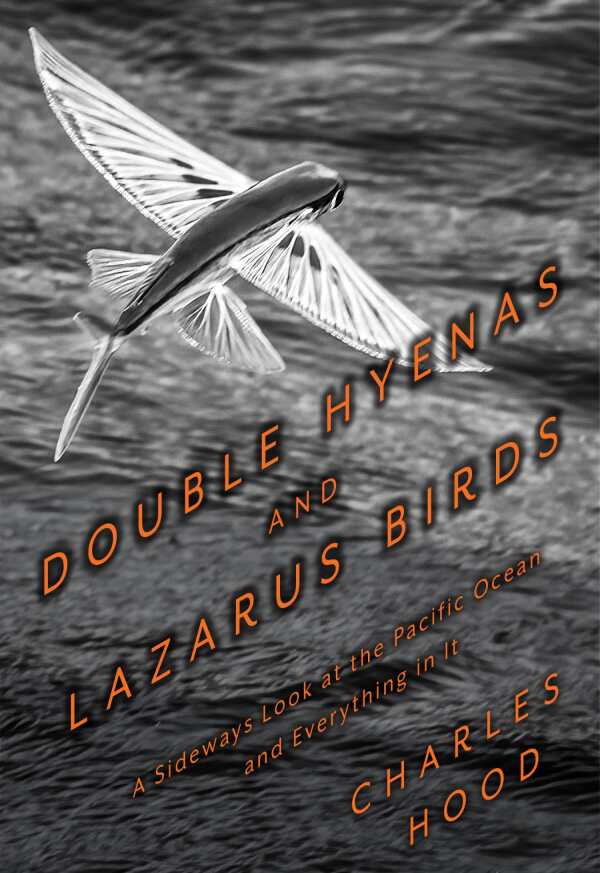Double Hyenas and Lazarus Birds
A Sideways Look at the Pacific Ocean and Everything in It
In his rollicking essay collection Double Hyenas and Lazarus Birds, Charles Hood reckons with the ocean’s simultaneous allure and risk through stories of seabird-watching and of his father’s wartime service in the Pacific Theater.
Hood confesses to a lifelong fear of water, which he associates with multiple near-death experiences. As an adult, though, he became obsessed with seabirds, traveling the world to see them. Across eighteen essays, his book celebrates natural wonders and documents Hood’s mixed feelings toward the ocean, which, while homing amazing species, also evokes for him what his father went through as a World War II soldier.
The frame of reference is wide and surprising. “How to Be an Albatross” contains a tongue-in-cheek set of instructions referencing Samuel Taylor Coleridge’s “The Rime of the Ancient Mariner,” counting up to 25 and then back down to 1 with a companion list, “How to Be the Wind.” Elsewhere, literary tie-ins include the tide pools of John Steinbeck’s Cannery Row and Herman Melville’s travels in Patagonia. “The Half-Life of Salt” is an elegant braided essay weaving together saltwater creatures, human health, and family lore.
The book concentrates on the visual and is often illustrated with Hood’s own photographs. He also issues photography tips and comments on Winslow Homer’s maritime paintings. The anecdotes are just as cinematic. There is a self-deprecating tone as Hood recalls piloting a boat to see Markham’s storm-petrels in Peru, only to run out of gas and discover there were no life jackets onboard. The long final essay, “Ghost Ship,” set on a boat trip from New Zealand to Japan, continues the pattern of fusing the central themes of seabirds with his father’s war experiences.
Making meaning from Pacific Ocean encounters, the memoir Double Hyenas and Lazarus Birds mingles natural, family, and military histories.
Reviewed by
Rebecca Foster
Disclosure: This article is not an endorsement, but a review. The publisher of this book provided free copies of the book to have their book reviewed by a professional reviewer. No fee was paid by the publisher for this review. Foreword Reviews only recommends books that we love. Foreword Magazine, Inc. is disclosing this in accordance with the Federal Trade Commission’s 16 CFR, Part 255.

